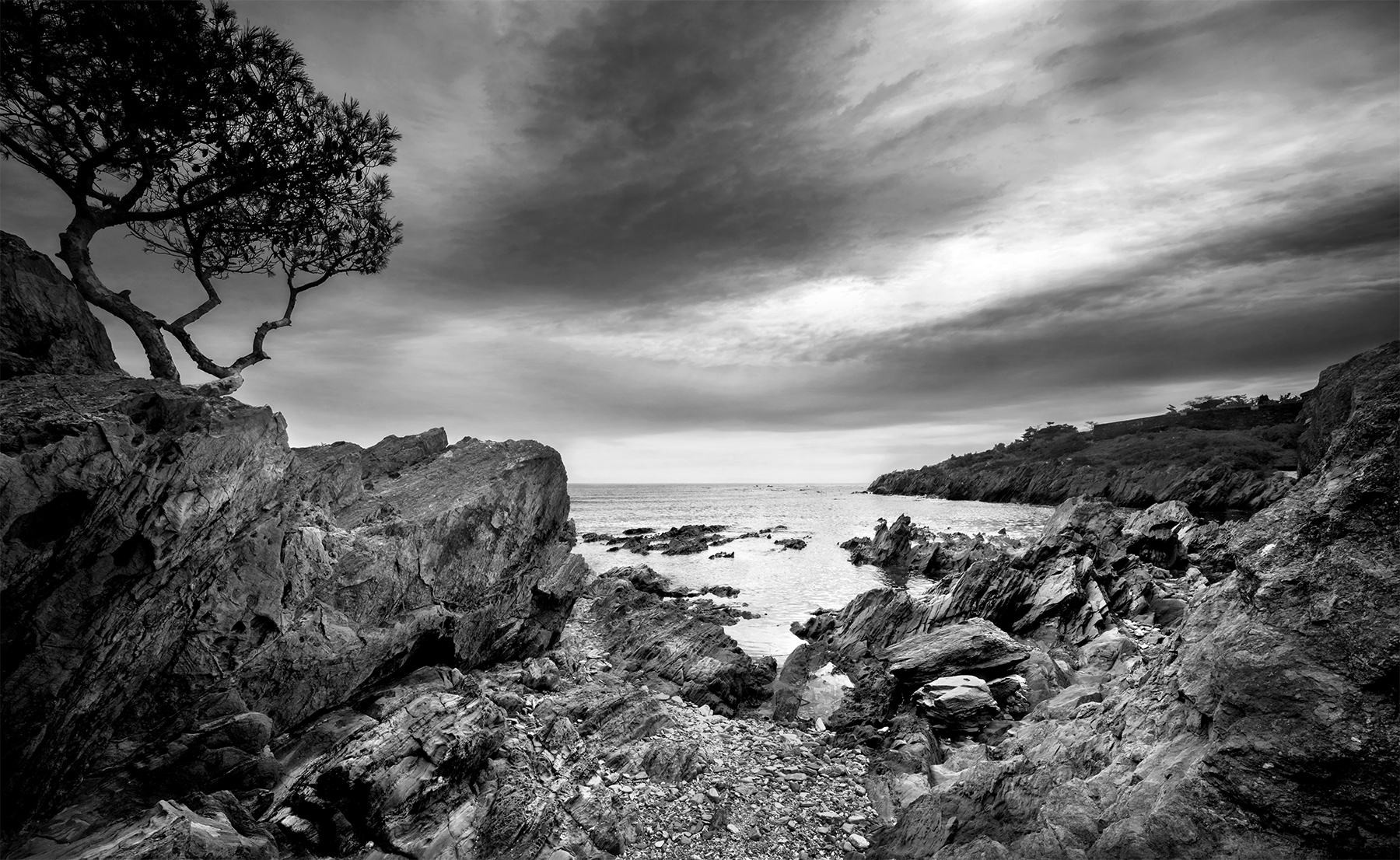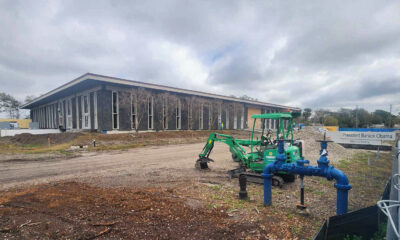Create
Photographer Clyde Butcher interprets ‘Dali’s Spain’

Salvador Dali was a surrealist painter whose bright, colorful, sometimes alarming works defy perspective, time, space, common sense and even gravity. Clyde Butcher’s black and white art photography interprets landscapes: Trees and seas and clouds, rocks and swamps and forests, still and silent and moody and majestic. Rooted in reality.
A new exhibition at St. Petersburg’s Dali Museum makes the case that the art of these two men isn’t as different as it might appear.

“Boats on Cadaques Shore.” (@Clyde Butcher). “It took days in the printing process, just testing and testing, to get it the way it should look. The digital world is just as difficult, and just as complicated, as the silver gelatin prints. I mean, a good print is a good print, and bad print’s a bad print, no matter which way you do it.”
For Clyde Butcher: Visions of Dali’s Spain, the man often called “The Ansel Adams of the Florida landscape” was dispatched to the Catalonian region of Spain, to create photos – decidedly Butcher-esque photos – of the places that inspired the late surrealist, places that frequently appeared in his paintings.
According to Butcher, “I chose a spot because of its impression on me, not because I was trying to match his paintings. I have to create a picture that has some sort of a balance, and rhythm and form. You can’t just say ‘OK, he did a painting here, you’ve got to take a picture of that.’ That wouldn’t work.
“I’d pick a spot I thought was good – and then I realized it was already part of one of his paintings.”
The Spaniard and the American apparently saw Cadaqués, the rugged Cap de Creus and Port Lligat through a similar lens: The artist’s eye.
Butcher agrees. “I think so,” he chuckles. “I think we’re both kind of chaotic. What I do is I make order out of chaos. Nature, if it’s normal – if it’s natural – is chaotic. Man will put things in rows, three palms here … plants that work together. In nature, in the Everglades, plants that work together live together and thrive together.
“Most photographers can’t see Florida. They say it’s too chaotic. Basically what I’m trying to do is get the feeling of spots. And I think that’s what Dali was trying to express – his feelings of things. Now, his was involved in war and other ‘people things.’ Me, maybe I’m trying to create order out of chaos for the human beings, so they can become less chaotic.”
There are 41 prints in Visions of Dali’s Spain, with the largest measuring a panoramic eight feet in width. Butcher, his wife and daughter traveled to Spain in the early part of 2017.

Clyde Butcher (right) with Dali Museum exhibit curator Peter Tush. (Photo: Jackie Obendorf)
“I think it came out very nice, in a very short amount of time,” the photographer says. “We only had a week and a half; we worked from sunrise to sunset.”
Butcher suffered a stroke that May (“I couldn’t have gone to Spain if it had happened before”) but reports he’s feeling much better. He attended several preview events June 15 at the Dali Museum, and will make several more appearances – to talk about the exhibit, and to sign his books – several times before Visions of Dali’s Spain closes in November.
For exhibit information, click here.







